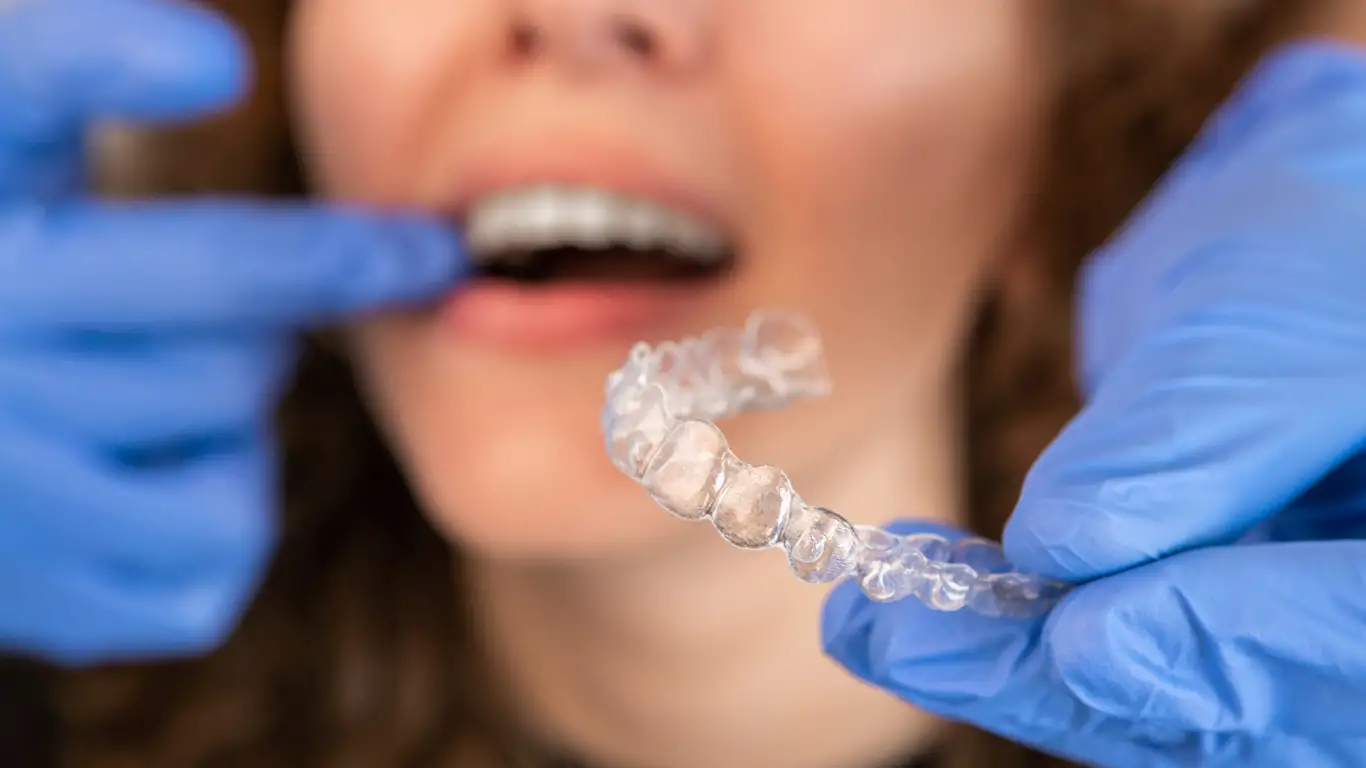Guide to Braces Consultations: What to Expect and Costs
Choosing to get braces is a significant decision that affects both your oral health and your confidence. Before committing to orthodontic treatment, scheduling an initial consultation is an essential first step. This appointment allows you to understand your specific dental needs, explore available treatment options, and discuss financial considerations. Whether you're considering traditional metal braces, ceramic options, or modern aligners, a professional assessment provides clarity and helps you make an informed choice about your orthodontic journey.

Orthodontic treatment begins with understanding your unique dental structure and goals. A consultation appointment serves as the foundation for creating a personalized treatment plan that addresses alignment issues, bite problems, and aesthetic concerns. During this visit, orthodontists evaluate your teeth, jaw position, and overall oral health to recommend the most suitable approach. This initial meeting also provides an opportunity to ask questions, discuss expectations, and learn about the commitment involved in wearing braces.
Understanding The Importance Of An Initial Braces Consultation
An initial consultation is more than just a routine dental visit. It involves comprehensive diagnostic procedures including X-rays, photographs, and impressions of your teeth. These diagnostic tools help orthodontists identify underlying issues such as overcrowding, gaps, overbites, underbites, or crossbites. The assessment also considers factors like jaw growth, facial symmetry, and the health of your gums and teeth. By gathering this information, the orthodontist can determine the severity of alignment problems and estimate treatment duration. This thorough evaluation ensures that the recommended treatment plan addresses both functional and aesthetic goals, reducing the risk of complications and improving long-term outcomes.
Types Of Braces Discussed During A Consultation Appointment
Modern orthodontics offers various types of braces to suit different needs, lifestyles, and budgets. Traditional metal braces remain popular due to their effectiveness and affordability. They consist of metal brackets and wires that gradually shift teeth into proper alignment. Ceramic braces function similarly but use tooth-colored or clear brackets, making them less noticeable. Lingual braces are placed on the back of teeth, providing a completely hidden treatment option. Self-ligating braces use specialized clips instead of elastic bands, potentially reducing treatment time and discomfort. Clear aligners, such as plastic trays, offer a removable and nearly invisible alternative for mild to moderate alignment issues. During your consultation, the orthodontist will explain the advantages and limitations of each option, helping you choose the best fit for your lifestyle and treatment goals.
Benefits Of Getting A Professional Braces Assessment In London
Seeking a professional orthodontic assessment provides numerous advantages beyond simply straightening teeth. Properly aligned teeth are easier to clean, reducing the risk of cavities, gum disease, and tooth decay. Correcting bite issues can alleviate jaw pain, headaches, and excessive wear on tooth enamel. Improved alignment also enhances chewing efficiency and speech clarity. From an aesthetic perspective, a confident smile can boost self-esteem and positively impact social and professional interactions. In a cosmopolitan city with access to advanced dental technology and experienced specialists, patients benefit from state-of-the-art diagnostic tools and treatment techniques. A thorough assessment ensures that treatment plans are tailored to individual needs, maximizing effectiveness and minimizing unnecessary procedures. Additionally, early intervention in children and teenagers can guide proper jaw development and prevent more complex issues in adulthood.
Understanding Costs And Payment Plans After A Consultation
Orthodontic treatment represents a significant financial investment, and understanding costs upfront is crucial for planning. Pricing varies based on the type of braces chosen, treatment complexity, and duration. Traditional metal braces typically range from £2,000 to £4,500, while ceramic braces may cost between £3,000 and £5,500 due to their aesthetic appeal. Lingual braces, being more specialized, often range from £5,000 to £8,000. Clear aligners generally fall between £2,500 and £5,500, depending on the number of trays required. Treatment duration usually spans 12 to 36 months, with longer periods for complex cases. Many orthodontic practices offer flexible payment plans, allowing patients to spread costs over monthly installments. Some clinics provide interest-free financing options or discounts for upfront payments. Dental insurance may cover a portion of orthodontic treatment, particularly for children, so reviewing your policy beforehand is advisable.
| Treatment Type | Typical Cost Range | Key Features |
|---|---|---|
| Traditional Metal Braces | £2,000 - £4,500 | Durable, effective for complex cases, most affordable |
| Ceramic Braces | £3,000 - £5,500 | Less visible, tooth-colored brackets, similar effectiveness |
| Lingual Braces | £5,000 - £8,000 | Completely hidden, placed behind teeth, customized |
| Clear Aligners | £2,500 - £5,500 | Removable, nearly invisible, suitable for mild to moderate issues |
Prices, rates, or cost estimates mentioned in this article are based on the latest available information but may change over time. Independent research is advised before making financial decisions.
Beyond the initial treatment cost, patients should consider additional expenses such as retainers, follow-up appointments, and potential adjustments. Retainers are essential for maintaining results after braces are removed, typically costing between £150 and £400. Regular check-ups, usually scheduled every 4 to 8 weeks, are included in most treatment packages but should be confirmed during the consultation. Emergency visits for broken brackets or wires may incur extra charges. Discussing all potential costs during the initial appointment helps avoid unexpected expenses and allows for better financial planning. Some practices also offer family discounts if multiple members require orthodontic treatment simultaneously.
Choosing the right orthodontic treatment involves balancing effectiveness, aesthetics, comfort, and budget. The initial consultation provides a comprehensive understanding of your dental needs and available options. By asking detailed questions about treatment processes, expected outcomes, and financial commitments, you can make an informed decision that aligns with your goals. Remember that orthodontic treatment is an investment in your long-term oral health and confidence. Taking the time to find a qualified orthodontist and thoroughly understanding the treatment plan ensures a positive experience and lasting results. Whether you opt for traditional braces or modern aligners, the journey toward a healthier, more beautiful smile begins with that crucial first consultation.




